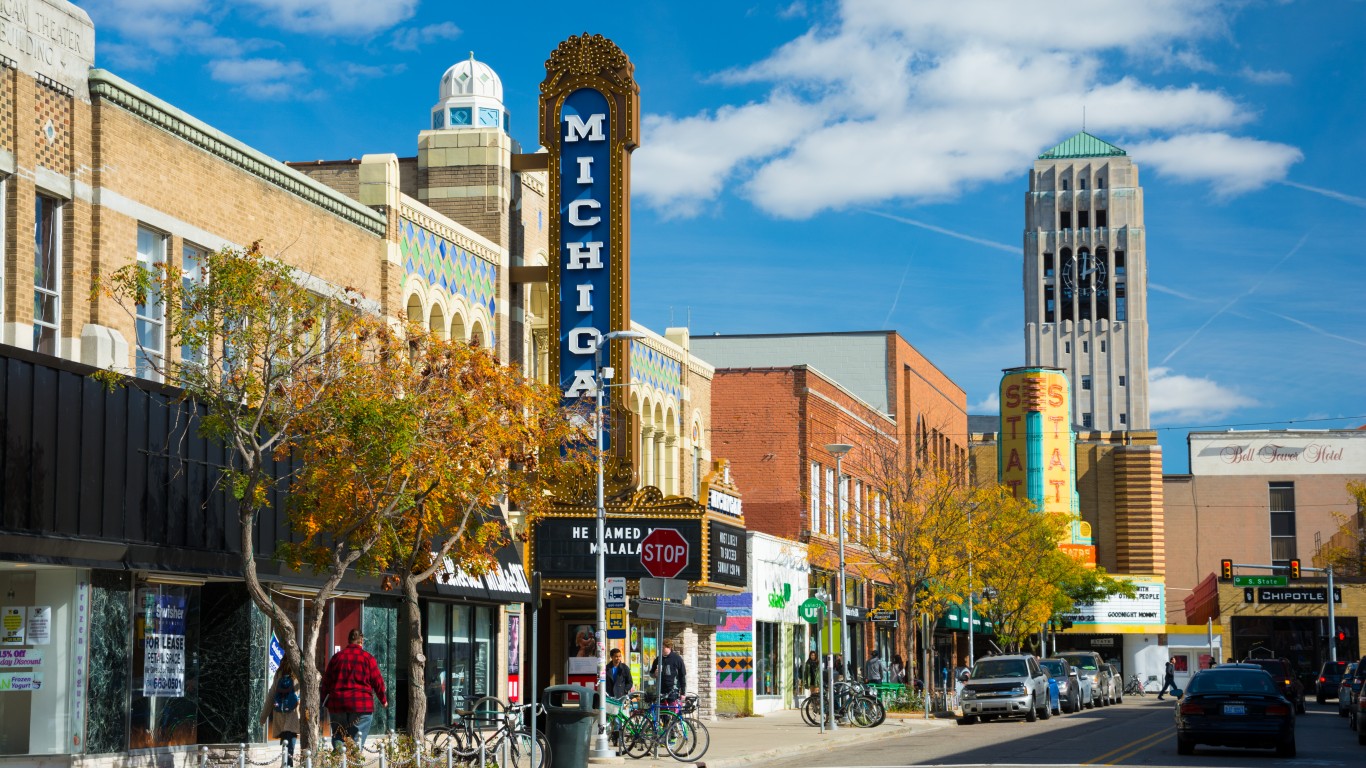
Last October, author Parag Khanna released a book titled “Move: The Forces Uprooting Us.” He called out Michigan as the best place to live in 2050 due to massive climate change. Because of the acceleration of the problems of global warming, people may want to move there today.
According to The New York Times, several experts believe the pace at which the planet is warming is faster than they forecast just a few years ago. The Weather Channel’s researchers wrote that the number of days when heat is dangerously high across the world is jumping at a torrid pace. This could affect five billion people by the end of the century. And, the belief that some parts of Earth will not be habitable within a few decades means tens of millions of people will need to migrate to places where the weather extremes are not as extreme.
Khanna’s belief that Michigan is the best place for climate driven migration begs the question of where. Michigan covers 98,000 square miles. The state’s north to south length runs 450 miles from the Upper Peninsula to the area around Detroit.
The Upper Peninsula is barely inhabited. It includes vast areas of deep forest. Parts of it are currently unlivable because they do not have basic necessities, which include electricity or medical facilities. On the other hand, some portions of Detroit, the largest city in Michigan, do not have these services either.
The drawbacks of these areas still give people a number of choices. Ann Arbor, the home of the University of Michigan, is among the most highly regarded institutions of higher learning in America. It is also often chosen as among the best places to live in the U.S.
On the far side of the state, up the west coast of Lake Michigan that runs north of Chicago, are resort towns and small cities. At the northern end of these is the Traverse City area. It is often listed among the top resort areas in the country.
The other parts of the Lower Peninsula are dotted with medium-sized cities, most of which are part of the old industrial belt that runs north of Detroit. And, other parts of the region are dotted by small cities and sports lakes.
For the very rich is the small City of Orchard Lake, home to among Michigan’s richest citizens. It has a population of barely 2,400, and a household income of close to $150,000. Wealthy climate change migrants may want to move there.
The Average American Has No Idea How Much Money You Can Make Today (Sponsor)
The last few years made people forget how much banks and CD’s can pay. Meanwhile, interest rates have spiked and many can afford to pay you much more, but most are keeping yields low and hoping you won’t notice.
But there is good news. To win qualified customers, some accounts are paying almost 10x the national average! That’s an incredible way to keep your money safe and earn more at the same time. Our top pick for high yield savings accounts includes other benefits as well. You can earn up to 3.80% with a Checking & Savings Account today Sign up and get up to $300 with direct deposit. No account fees. FDIC Insured.
Click here to see how much more you could be earning on your savings today. It takes just a few minutes to open an account to make your money work for you.
Our top pick for high yield savings accounts includes other benefits as well. You can earn up to 4.00% with a Checking & Savings Account from Sofi. Sign up and get up to $300 with direct deposit. No account fees. FDIC Insured.
Thank you for reading! Have some feedback for us?
Contact the 24/7 Wall St. editorial team.
